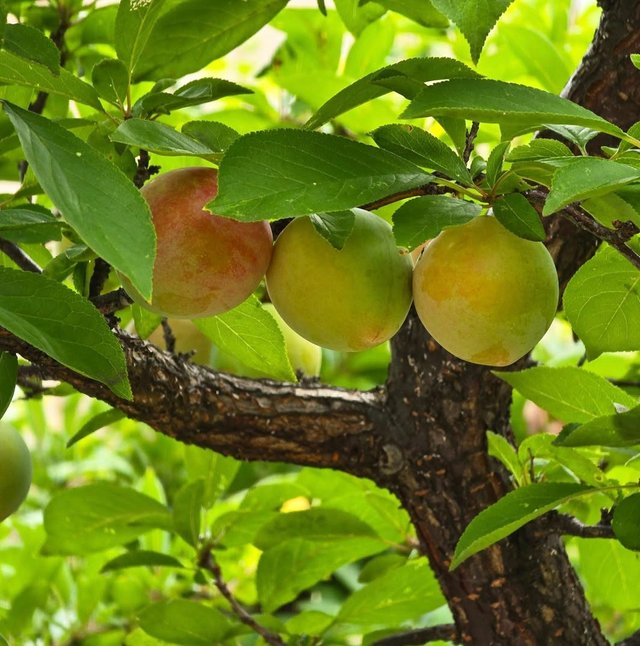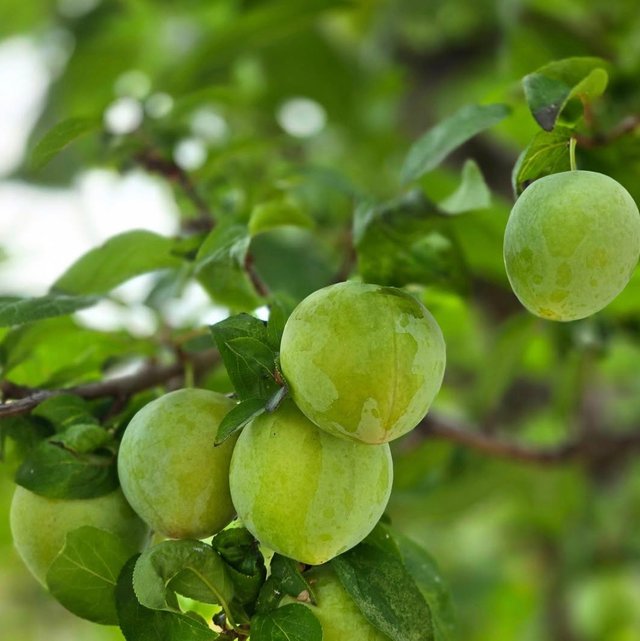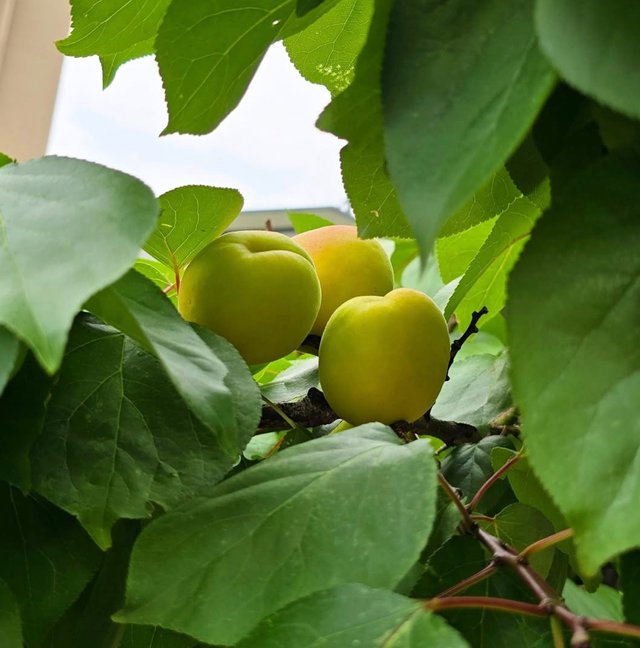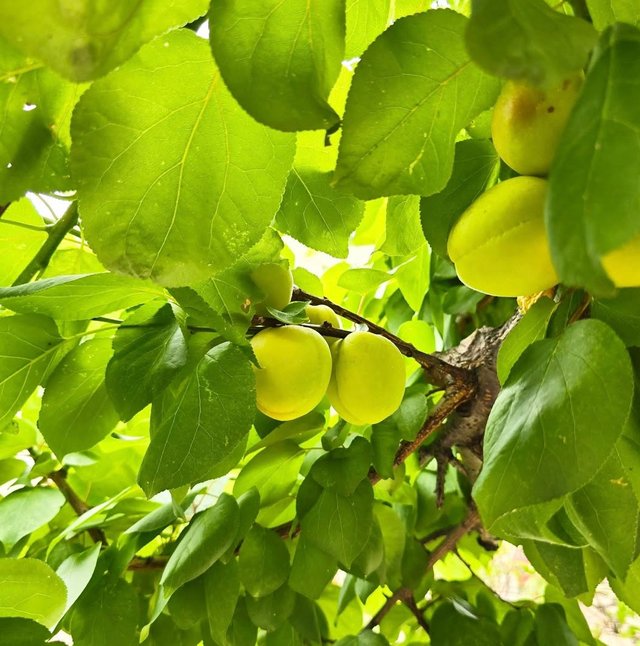Greengage Fruit
When it comes to plums, most people are familiar with the typical purple or red varieties. But nestled quietly among the branches of heritage orchards and specialty gardens is a lesser-known treasure: the Greengage. Revered for its exceptional flavor, delicate skin, and rich history, the Greengage is a plum unlike any other.Greengages are a type of European plum known for their distinctive green skin and golden-green flesh. Unlike many supermarket plums that can be tart or watery, Greengages are famous for their intensely sweet, honeyed flavor, often described as “floral,” complex,or syrupy.When perfectly ripe, they melt in your mouth with a luscious texture and fragrant aroma.
The history of the Greengage is as rich as its taste. According to horticultural lore, the fruit was imported from France by Sir William Gage—hence the name Greengage.The original French name,Reine Claude,honored Queen Claude, wife of King Francis I of France. In France, the fruit is still known by that royal title today.
Greengages are often described as the finest-tasting plums in the world. Their sugar content is unusually high for a stone fruit, giving them a dessert-like quality. But unlike some sugary fruits that lack depth, Greengages are also aromatic, with subtle notes of apricot, vanilla, and even citrus or spice, depending on the variety and ripeness.Pollination can also be an issue. Some Greengage varieties are self-sterile, which means they need a compatible plum tree nearby to produce fruit. However, the effort is well worth it. For those who grow their own, a Greengage harvest is a highlight of the gardening year.




